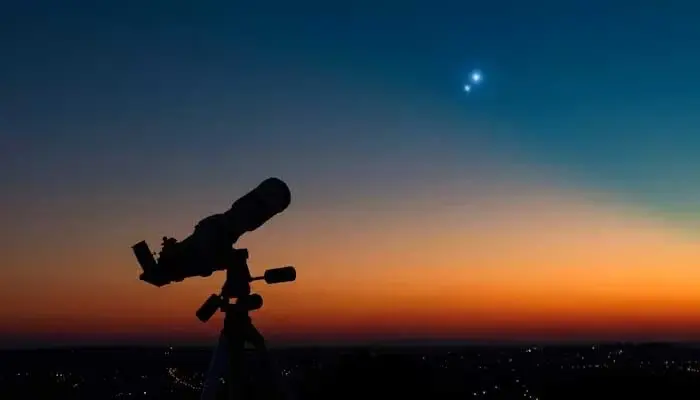New Exoplanet Discovery Shows How Planet Changes Over Time

A newly discovered exoplanet, V1298 Tau b, is giving astronomers an unprecedented glimpse into how planets transform over time. Captured by NASA’s James Webb Space Telescope (JWST), this young world may help explain how early hydrogen-rich planets either remain gas-covered like Neptune or shed their atmospheres to become dense rocky super-Earths.
Exoplanet Sits in Crucial Evolutionary Phase
Located in a star system just 10 to 30 million years old, V1298 Tau b is considered a “missing link” in planetary evolution. It is neither fully formed like a mature sub-Neptune nor a stripped-down rocky super-Earth. Instead, it’s actively transitioning, offering researchers a unique opportunity to study the physical and chemical changes that occur during the early stages of planetary life.
Its mass is several times that of Earth but smaller than Neptune, which is 17 times Earth’s mass. However, its interior heat and atmospheric properties defy typical classifications. While its size and density resemble familiar planetary types, its evolutionary path appears to differ sharply.
Webb Telescope Detects Clear Hydrogen Atmosphere
The JWST used its near-infrared instruments to scan the planet’s atmosphere for key molecules like water vapor, methane, carbon dioxide, carbon monoxide, and sulfur dioxide. These scans revealed an unusually clear hydrogen-rich atmosphere with minimal cloud cover. Even more surprisingly, V1298 Tau b has 100 times less methane than expected and shows very low metal content—meaning elements heavier than helium.
Most mature sub-Neptunes display high metal levels in their atmospheres, but V1298 Tau b does not. This could indicate it is still forming, or that it is following a completely different evolutionary track. The clarity of its atmosphere allowed astronomers to get extremely precise measurements, which were crucial to constraining both its mass and internal structure.
Lead scientist Saugata Barat of the University of Amsterdam said the findings suggest the planet’s evolution is “still unfolding” and that it could undergo dramatic changes as it ages. He emphasized that JWST’s ability to access a wide spectrum of molecular absorption features was key to this breakthrough.
Read more: Trump Signals Tough Stance as Canada Faces Potential Tariffs
Planet May Become a Super-Earth or Sub-Neptune
Computer simulations by the research team propose two likely fates for V1298 Tau b. In one scenario, it retains its thick gas envelope and matures into a traditional sub-Neptune. In another, it rapidly loses its outer layers—possibly within just 7.5 million years—leaving behind a rocky core similar to a super-Earth.
This range of possible outcomes highlights the unpredictable nature of planetary formation. It also raises questions about the atmospheric conditions of other young exoplanets. Jean-Michel Désert, co-author of the study, noted that “young exoplanets may look very different from their older cousins,” which are typically billions of years old. He said that V1298 Tau b “challenges our understanding of how sub-Neptunes evolve,” especially in the critical early phases of development.
JWST to Monitor More Young Planets
Encouraged by these findings, the research team is now co-leading a larger JWST mission to study seven additional exoplanets. These planets vary in age from 20 to 200 million years and will help astronomers track how planetary atmospheres and structures change over time.
By comparing these young exoplanets, researchers hope to better understand how different evolutionary paths unfold—whether planets retain their atmospheres, lose them, or undergo unknown transitions. Such data could ultimately improve models of planet formation and guide future observations of even more distant worlds.
The James Webb Space Telescope continues to prove itself as an invaluable tool in the hunt for answers about our universe. With its cutting-edge infrared sensors and ability to peer into the atmospheres of far-off worlds, JWST is providing researchers with data they’ve never had before.
As more young exoplanets like V1298 Tau b are discovered and analyzed, scientists will inch closer to understanding one of astronomy’s biggest questions: how planets, including potentially habitable ones, are born and evolve.
Follow us on Instagram, YouTube, Facebook,, X and TikTok for latest updates




